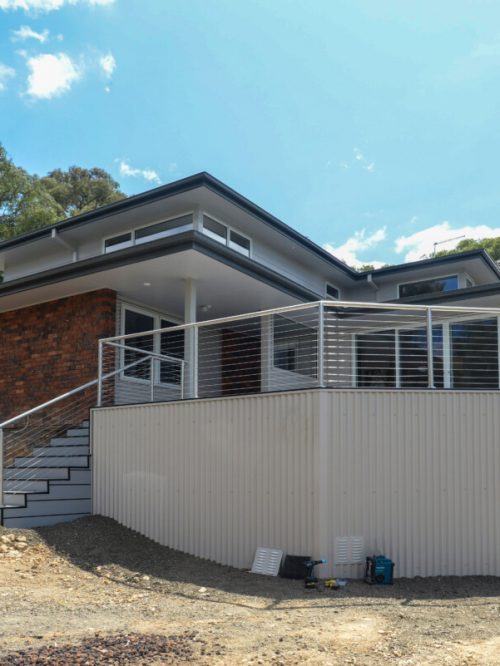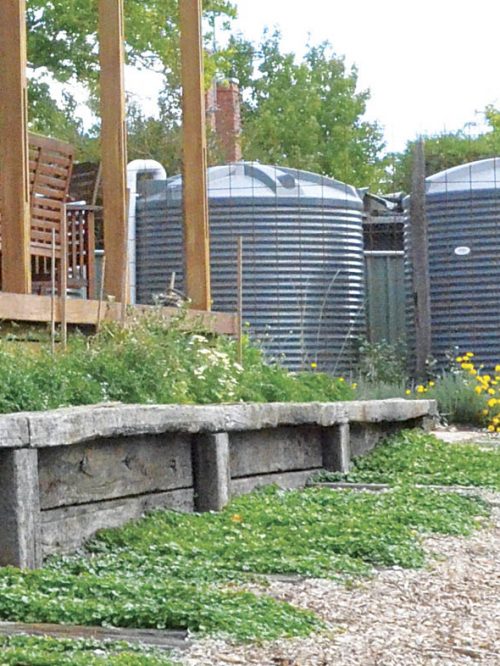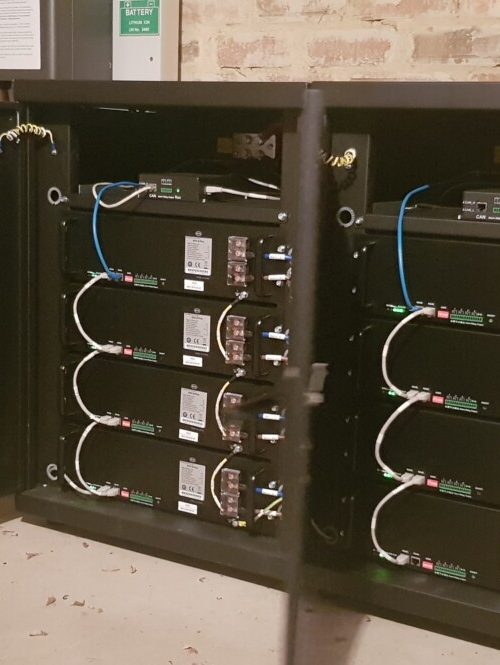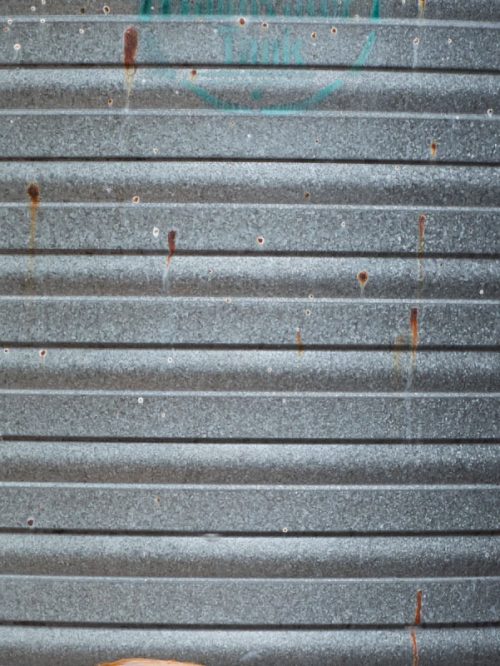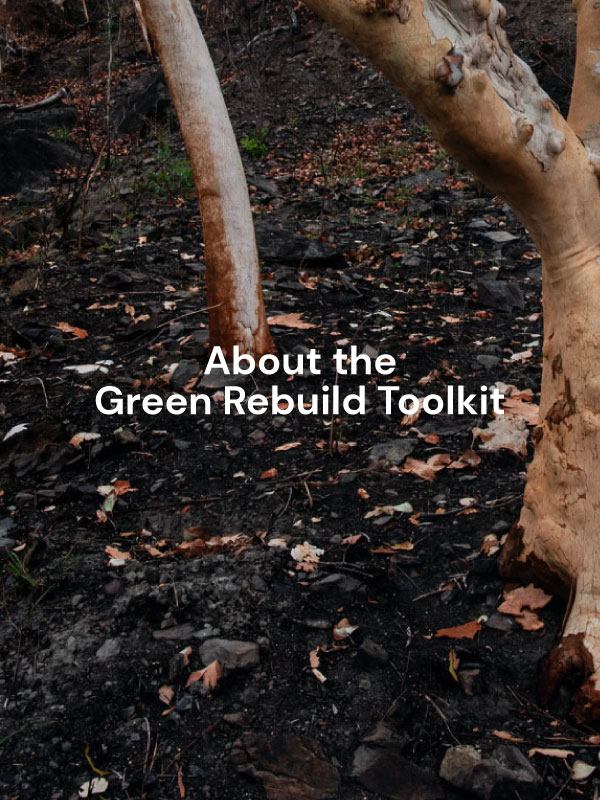CASE STUDY / See all
First published in Renew 145

An off-grid water system with
usage metering and firefighting tank
In Queensland’s Currumbin Ecovillage, Rod McLeod and his family spent considerable time and effort on their water supply system, which includes stainless steel tanks, pH-raising filter, cold water return devices, special guttering and extensive water use monitoring. The set-up also includes a firefighting tank. Rod talks us through it.
Our 3700 m2 property is semi-rural and off the mains water grid, so we need to be self-sufficient for water. Our system consists of three 22,500 L stainless steel tanks positioned around the house to take water off the different roofs efficiently; the water is plumbed to the house, garden taps, chicken coop and garage. We also have a 5000 L firefighting tank which is filled from the overflow from one of the tanks.
The capacity of the system was selected based on the water usage of other homes in the ecovillage and on the experience of our architect, who also lives here with his young family. We made the concrete pad that the main water tank sits on large enough to take another 22,500L tank if required, as it’s cheaper to pour one large slab than two smaller ones. The system is fitted with a Reefe variable-speed pump, which reduces energy consumption as we are living off the electrical grid and rely on battery storage for overnight energy use.
Design considerations included minimising plastic components for bushfire resilience, meaning we opted for copper pipework for the tank and house, and water conservation. To this end, the kitchen and main bathroom have RedWater cold water diverters fitted to the hot taps to return back to the main water tank the water that is usually wasted before the hot arrives. We also have an Aquatrip water leak detection system. This monitors the water flow within the system; if it detects a water leak, it stops the water and alerts us to a possible fault.
The three water tanks are fitted with 10 L first-flush diverters that slowly drain to a swale. The maintenance of the diverters involves, once every couple of months, simply removing the bottom cap and hosing out the debris and filter. The gutters are a unique design from Eaves Water Systems, which does not require gutter guard. We have very few leaves caught in our first flush-diverters and therefore cleaner water and reduced tank maintenance.
We filter our water as follows:
- garden taps are not filtered or pH adjusted
- washing machine and toilets are filtered with a 25 micron washable pleated filter
- the rest of the house, including the hot water supply, is filtered and pH adjusted via a calcite filter raising the pH to about 8.5, as rainwater is quite acidic. There are two stainless steel filter canisters, the first fitted with a 5-micron sediment filter and the second with a 0.5-micron filter.
We change our filters approximately yearly. The changing or cleaning of the filters is a simple process taking about 15 minutes.
We monitor our water usage with water meters and tank-level pressure sensors connected to a controller, with the data displayed on a monitor in our kitchen to prompt us to modify our usage. There are three separate meters: for the garden, washing machine and toilets, and for the rest of the house. Monitoring the tank levels means we know when to isolate a tank from the water supply system. We have been living in our home for a year now and have not fallen below a total capacity of 70% full.
Our system is working as expected to date, and we are in a continual process of tweaking it as we gather more usage statistics.
Water storage: Three 22,500 L stainless steel tanks + 5000 L firefighting tank




